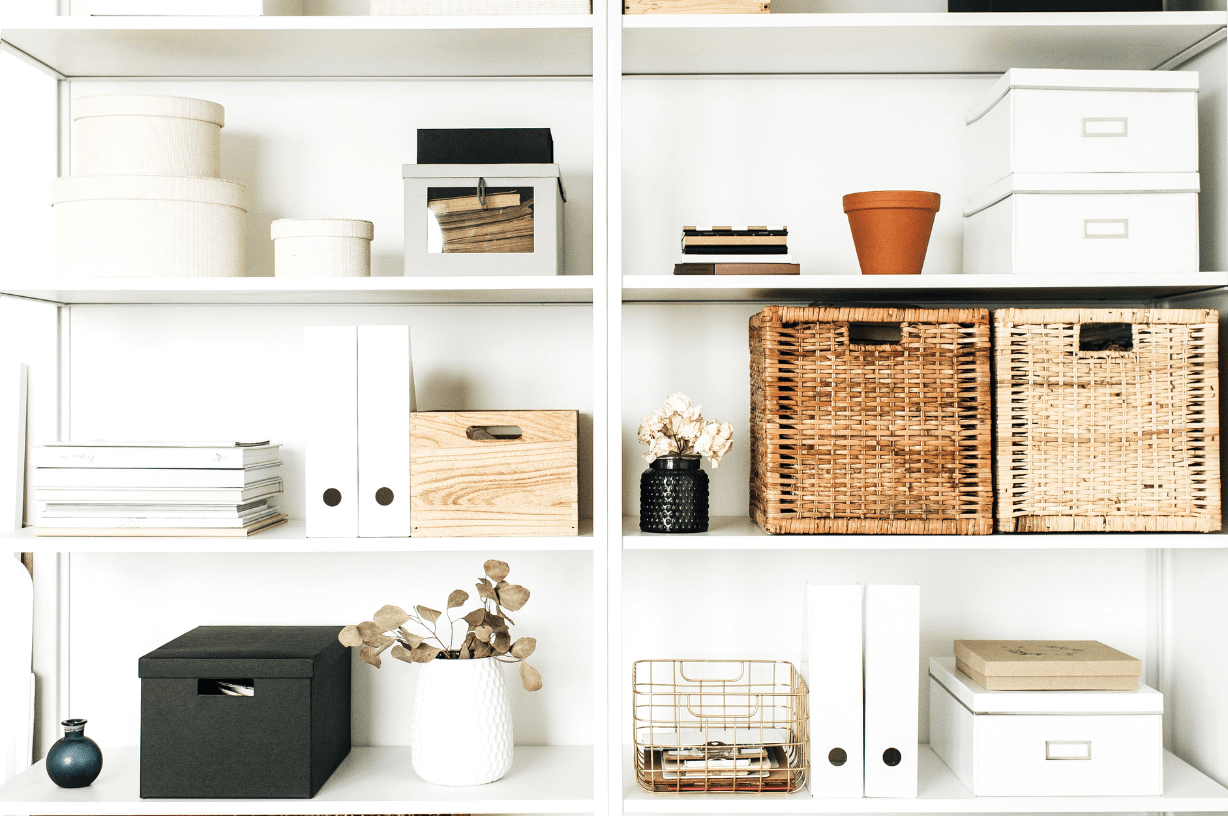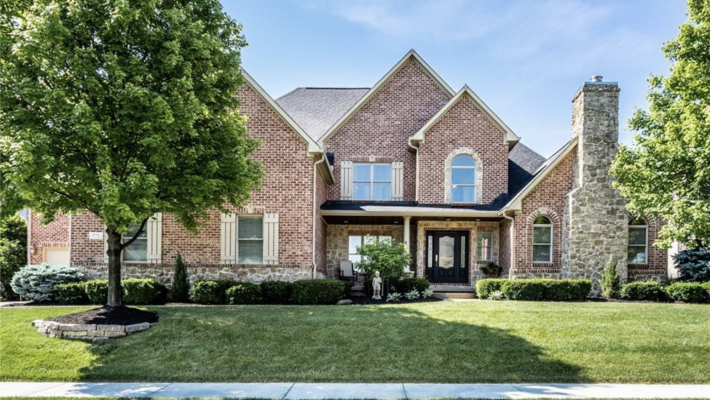Is less really more? In a world where it’s easy to get caught up in the “fear of missing out” (FOMO) and people seem obsessed with having more, there is now a growing appreciation for simpler lifestyles – and minimalist living is part of that trend.
Cottage-core and granny-core aesthetics were both born from a desire for simpler times, but they still involve a lot of stuff – and stuff can start to become a burden when there’s just too much of it around. By comparison, minimalism embraces the idea that you may actually be happier with less.
What Is Minimalism? What Are the Benefits?
Minimalism isn’t new. While heavily associated with the simplicity of form and the literal approach of the late 60s and early 70s art scene, minimalist philosophies and practices go back for centuries and can be found in all kinds of different cultures. Minimalism got a big boost in recent years, however, thanks to the popularity of things like tiny homes, van life blogs and the Marie Kondo Method of decluttering.
At its roots, minimalism is all about making very intentional choices about what you allow into your life, so that you can focus on what matters the most. As a lifestyle, minimalism can:
- Reduce your stress. Clutter, whether physical or mental, can contribute to anxiety and the feeling of being constantly overwhelmed. By simplifying your surroundings, you can create more space for peace and calmness. A clutter-free environment can also lead to clearer thinking and an improved mental state.
- Increase your sense of freedom. It takes a lot of time and energy to keep a household full of stuff operational. By letting go of unnecessary possessions, you release yourself from the obligation of taking care of those things – and that leaves you more time to focus on the things that bring true joy to your life.
- Save you money. Minimalism prioritizes quality over quantity, and it helps you resist the urge to constantly upgrade. Once you adopt the minimalist habit, it gets easier to focus on needs over wants, which helps you spend money more consciously.
- Reduce your carbon footprint. Having less, consuming less and wasting less is all part of the minimalist trend – and that promotes an earth-friendly, eco-conscious way of living.
Ultimately, minimalism promotes mindfulness and gratitude. By owning less, you have more ability to appreciate the things you do have and enjoy a greater sense of contentment and satisfaction.
Where Do You Start to Go Minimalist?
Ultimately, minimalism is a deeply personal journey, and there is no one-size-fits-all approach. For some, it may mean downsizing to a tiny house and living with only the essentials. For many others, it may simply involve decluttering and practicing mindfulness in their acquisition choices.
Here’s how you can get started on your own minimalist journey:
1. Ruthlessly declutter
Go one room at a time and thin out your possessions. Since minimalism is all about learning to live with less and appreciate things more, get rid of anything you haven’t used in a year that doesn’t have deep personal meaning for you or fulfills a specific purpose.
Once you’ve tackled surface clutter, do a deep dive into your cabinets, drawers and storage spaces. Ask yourself if you really need a dozen random coffee mugs when you only use two or three and get rid of anything that’s just taking up space or gathering dust. Donate the clothes you haven’t worn in two years and get rid of items that have been sitting in storage for even longer. (Pro tip: If it has a layer of dust on it, you can probably live without it.)
2. Get stylish storage
There are things you need to keep – like lightbulbs, spare batteries, important documents and seasonal decor – that you don’t necessarily want on display. To keep these things from starting to accumulate in drawers or on counters, invest in a few storage baskets or boxes that fit your home’s aesthetic.
The goal is for everything to have a place so that you can avoid the temptation to sit things down on the nearest flat surface until the clutter piles up on you again. Rattan baskets and shelving “cubes” come in neutral tones that can fit into almost any home, and they automatically create a sense of order for the room.
3. Start limiting your purchases
This is where it can initially be difficult to embrace the minimalist mindset – but you need to stop buying anything for your home or yourself unless you really need it.
This can mean turning a blind eye to sales and repurposing or repairing the things that you already have. When you do purchase something, make sure that you have an immediate use for it and that you really want it – and you’re not just giving in to emotional pressure or looking for a dopamine boost.
4. Choose quality replacements
Finally, you need to retrain your mind to prioritize quality over quantity. It’s better to have one really good frying pan that will last for decades than a cheap set of pans that will fall apart in a couple of years. Also, a great pair of boots will mold comfortably to your feet and are a better investment than three pairs of “fast fashion” shoes that pinch your toes and fall apart after a few wears.
As you start to get more comfortable with less, you should gradually begin to be more intentional with your purchases – and that means you’ll have more money to put into quality items over time as you replace things that wear out.
Whatever form it takes, embracing minimalism can lead to a more deliberate, fulfilling and joyful life for you and your loved ones. It is important to remember that the minimalist lifestyle is also about embracing what you truly find worthwhile – so your journey on this path doesn’t have to resemble anybody else’s journey. It just has to make sense to you!
amanda.phillips@talktotucker.combill.ingram@talktotucker.combrad.layton@talktotucker.comeditors-pickerina.pribyshchuk@talktotucker.comfeaturedlloyd.zimmerman@talktotucker.commark.callahan@talktotucker.commary.layton@talktotucker.compriscila.hale@talktotucker.comterri.mcgraw@talktotucker.com




